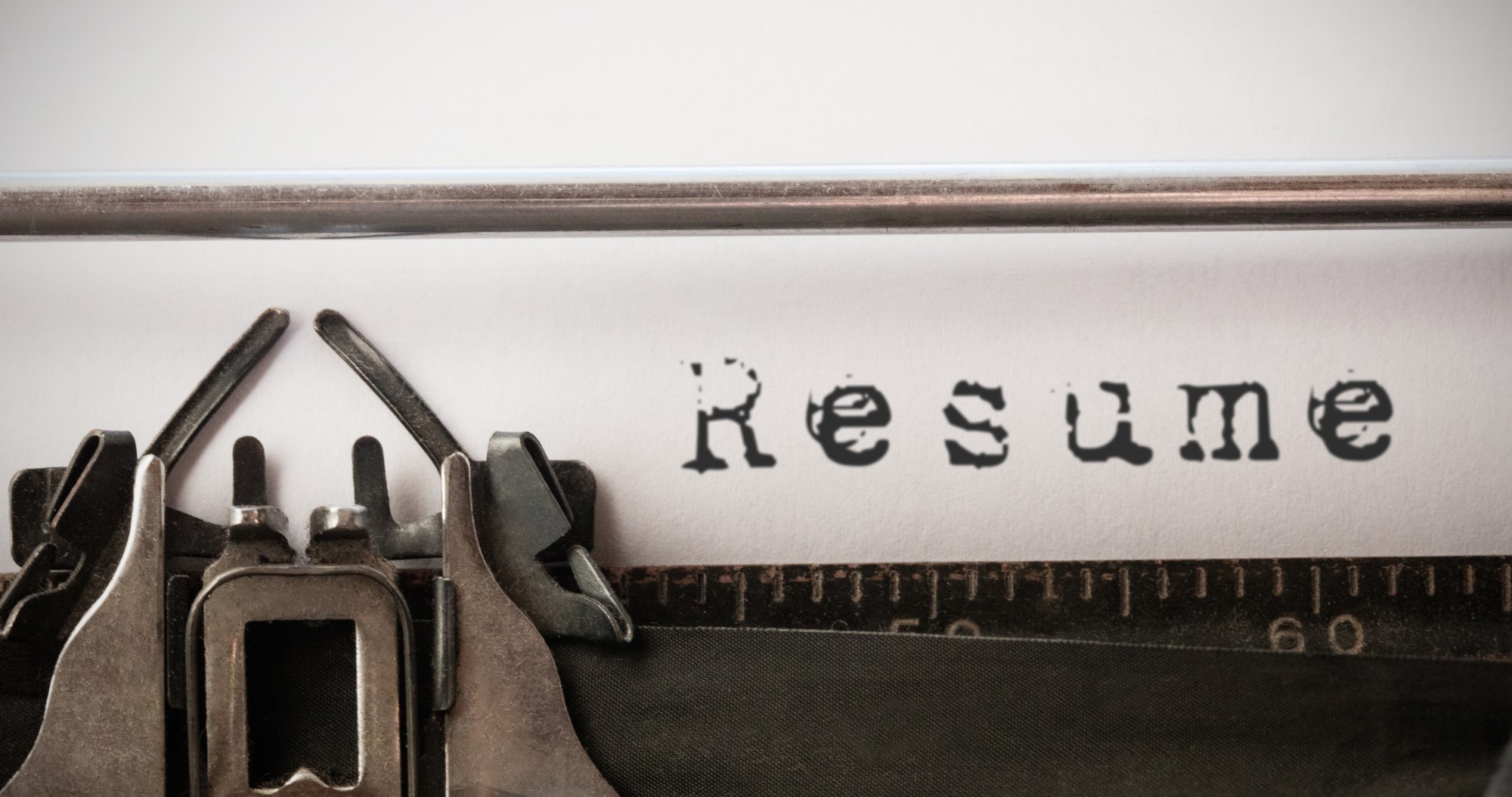
What to Put on a Resume: A Simple Guide
Do you know how long recruiters or potential employers spend looking at a resume before they make a decision to either look further or toss it aside? It’s 7.4 seconds. That’s right: less than 10 seconds to make a decision to consider your resume or put it in the circular file.
This means that you have to be thoughtful about what you put on your resume and how you display it. Make the information they get in that time pack a punch. This article will help you figure out how to do that.
To learn more about what to put on a resume, read on.
1. Contact Information
This is the most obvious information to include. Make sure you list the following:
- Your name
- Email (make sure it is appropriate)
- Phone number
- LinkedIn URL (or other professional profile)
There is some debate about whether to include your mailing address, so use your discretion here. If you are looking to relocate, you may want to leave it off, as you don’t want to be disregarded because you live out of state or in a different city.
2. Summary or Objective Paragraph
This should be short and to the point. Describe yourself and your objective. Some professional resume experts call this your “personal brand.” This is a statement about who you are and what you are looking for.
You can think of this as your written elevator speech. Use the short time you have a recruiter’s attention to present a strong overview of what you can offer their organization.
3. Education
Depending on your industry, your professional history may be listed before your education. This depends on what type of job you are seeking and whether your degrees or education is more important or if recruiters are looking more closely at employment experience.
If you have college degrees, list those here, along with the discipline, the name of the school, and the location. If you do not have a college degree, list your high school information and any additional coursework you may have taken.
4. Professional History
If you are a new college graduate or just starting out in the workforce, this section might be short. However, if you have been working for a long time, you could find that this section could get pretty lengthy. In that case, it’s best to limit it to your experience over the past 10 to 15 years only.
If your work history is mostly recent, you can list all of your employment experience, even if it isn’t relevant to the job you are seeking. Some of the soft skills you learn at college (or even high school) jobs can be beneficial to you in a more professional position.
Internships should also be listed here, as although they are often unpaid, they still demonstrate your experience with an organization. List the employer’s name, location, your job title, and your accomplishments.
5. Skills and Certifications
If you have any special skills or certifications that are relevant to the positions you are seeking, include those here. Some job descriptions specifically ask for certain certifications, so if you have those, be sure they are on your resume.
If you are still struggling with your resume, check out these frequently asked questions to learn more about what should be on a resume.
What to Put on a Resume to Make Yourself Stand Out
In the 7 seconds that a recruiter is looking at your resume, you want to make sure they get the most relevant information about you. Don’t include everything but the kitchen sink on your resume.
Now that you know what to put on a resume, dust yours off and start editing and if you found this article helpful, be sure to explore some of our other posts.
